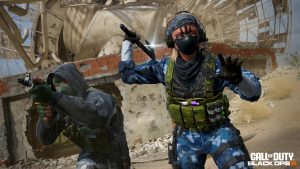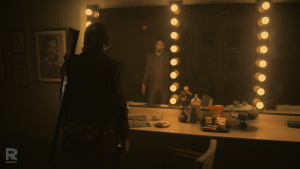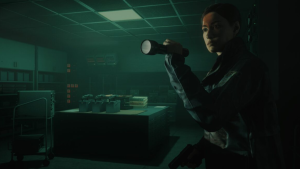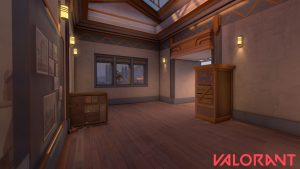Ask anyone over the age of 30 what their favorite Grand Theft Auto (GTA) game was, and many are likely to tell you it’s GTA San Andreas. Released in 2004 for the PlayStation 2 — it came to PC and Xbox the following year — GTA San Andreas was given two years of development time compared to the single year the prior game, GTA Vice City, received.
In his latest blog post, former Rockstar North technical director Obbe Vermeij talked about the development of GTA San Andreas and how certain game decisions were made.
Vermeij said that the team at Rockstar knew that just putting a new location on top of Vice City with no meaningful improvements wasn’t going to work for San Andreas.
“[I]t was obvious that Vice City hadn’t innovated that much and another ‘re-skin’ wasn’t going to fly,” he said.
RELATED: GTA Vice City Was Supposed To Be A GTA 3 Mission Pack
Intending to make an innovative and improved GTA, Vermeij says that there was a meeting that he “still [has] nightmares about”. The meeting focused on the maps and locations of GTA San Andreas.
Rockstar wanted to have three cities in the game, but the question was how to implement the cities that would become Los Santos, San Fierro, and Las Venturas.
“We had a meeting where 3 people wanted the cities to be on different maps,” he said. “This would save memory as the models for the skylines of the cities wouldn’t need to be in memory at the same time. [GTA 1] had 3 cities on different maps. The player would take planes/buses/trains to travel between maps.
“I wanted the cities to be on the same map as it is important to be able to drive between cities. Even if this meant we’d have to find some memory elsewhere.”
Vermeij says that the day after the initial meeting, another meeting was held where a fifth member of the decision team sided with him and convinced the others that having all cities on one map was the best way to go.
Adding On To What GTA Vice City Offered
Though Rockstar would use GTA Vice City as a foundation for San Andreas, there were several improvements made to the game. That said, one area in particular gave the developers a bit of trouble when building the game out.
“The RPG elements caused real problems,” Vermeij said. “If the player ate too much, CJ would be too fat to climb certain walls or run fast. This made certain missions impossible. QA had to catch all these cases.”
He continued: “When the player got hungry, his stomach would rumble. Players started going onto Mount Chiliad to look for big foot (one particularly persistent rumour). Many players thought they could hear big foot not realizing it was their rumbling stomach.”
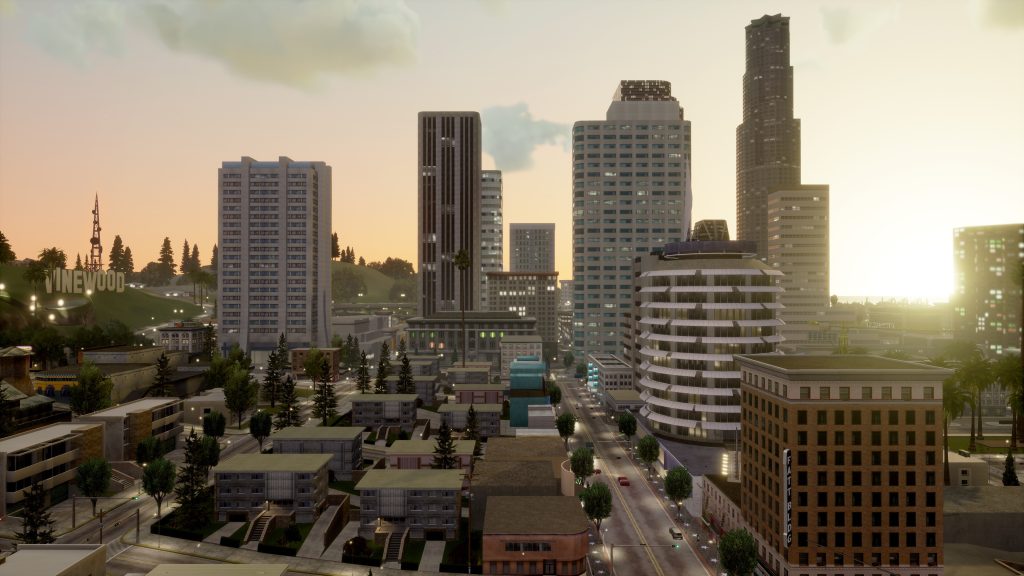
As far as the decision to include so many new features in GTA San Andreas, Vermeij says it was a case of just adding and making things “unnecessarily hard”.
“I particularly remember sitting in a meeting where we decided to include stealth in the game,” he said, chalking it up to being both ambitious and overconfident. “We didn’t need it as we had so many new features already. Nobody was particularly passionate about it but we did it anyway.”
To help with the development of the game, Rockstar hired more developers as well as brought over the team from Manhunt after that game wrapped. By the time GTA San Andreas was released, Rockstar had around 80 developers working on the game which made development a bit easier on everyone.
“For most of the time development was manageable,” Vermeij said. “Certainly less stressful than Vice City. To finish it off a good stretch of crunch was required. The company got a chef to provide a good meal for those working late. That really helped.”
What do you think of how the development of GTA San Andreas went down? For more Insider Gaming read about everything we know so far on the upcoming GTA 6.






